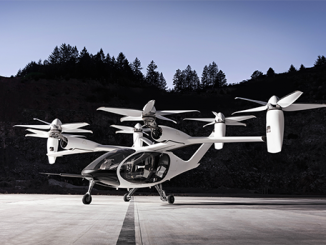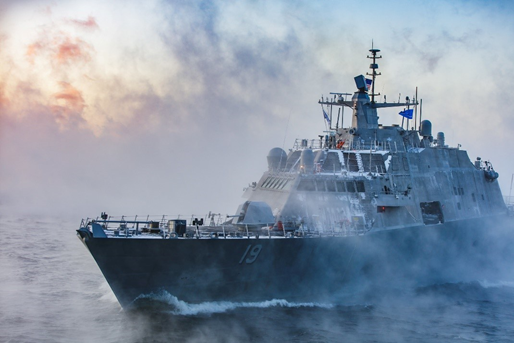
The world’s naval powers are beefing up their littoral combat capabilities to protect and penetrate coastal waters, an effort that is bringing fresh attention to magnetic sensing of submarines, underwater mines and ships. On the other side of the equation are advancements to degaussing systems designed to conceal underwater magnetic signatures.
One company benefitting from the effort is PNI Sensor of Santa Rosa, CA, a specialist in precision location, motion tracking and fusion of sensor systems into real-world applications. Another company serving the market is Polyamp of Sweden which makes both magnetic mine sweep and vessel degaussing systems. Other suppliers of naval degaussing systems include Wartsila and L3Harris Technologies.
Shown at top is the new littoral combat ship St. Louis built by Lockheed-Martin that was delivered to the U.S. Navy in February. Designed to provide advanced capability in anti-submarine, surface and mine countermeasure missions, it is one of several littoral vessels the Navy has commissioned in recent years. Lockheed-Martin also provides towed arrays for naval fleets.
PNI was recently awarded a contract by the U.S. Navy to develop and provide high-performance magnetometers for the Naval Undersea Warfare Center for use in towed-arrays. The magnetometers will provide extremely high sensitivity and unparalleled signal-to-noise performance which are key parameters for accurate heading in northern seas with dip angles of 85 degrees.
“Our magneto-inductive technology is proven across a wide range of military applications,” said Robin Stoecker, director of marketing at PNI. “We’re proud that the Navy has chosen PNI to provide a new generation of high-performance magnetometers for its towed-arrays.”
The high-performance magnetometers are based on the company’s magneto-inductive sensor technology which provides high resolution, low power consumption, no hysteresis, large dynamic range, and high sampling rates, all key to accurate calculation of heading and orientation.

One of its magneto-resistive sensors is the RM3100 geomagnetic sensor, shown above, a military-grade sensor that has been employed in a wide range of applications including drones, robotics, manned and unmanned vehicles, marine, scientific, defense, and automotive.
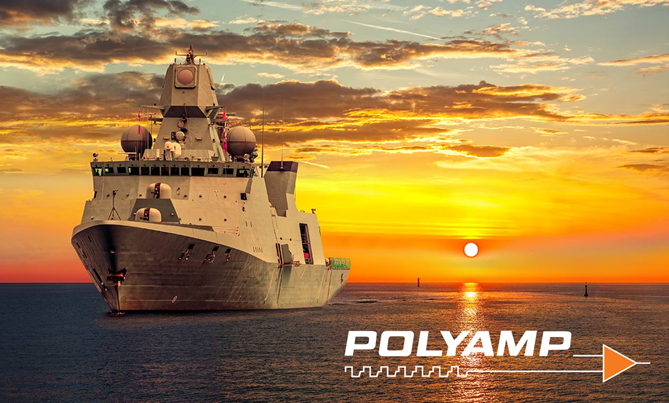
Polyamp, based in Sweden, specializes in power supplies and products for naval magnetic signature management for the global marine market. Its Systems Division manufactures magnet mining for submarines as well as surface vessels, underwater electronics, sensors and complete magnetic signature systems. Products include ship degaussing systems that counteract mines and torpedos, mine sweeps and sensors for measuring electric fields underwater for both military and civilian applications. Its Swecade software package, developed in collaboration with the Swedish Defense Materiel Administration (FMV), has become an important tool in prediction, design and evaluation of non-acoustic submarine signatures. It is used to predict a ship’s magnetic signature and design loops for mine protection.
According to Polyamp, modern mines affect ocean detecting magnetic interference of a vessel in the earth’s magnetic field, this is called the ships magnetic signature. This signature is the main influence of those used to trigger the sea mine or torpedo. If the signature is detected and analyzed then the vessel is right there and therefore it is the magnetic signal that becomes a trigger for torpedo or mining explosion or gives a position, mainly submarine, and categorization.
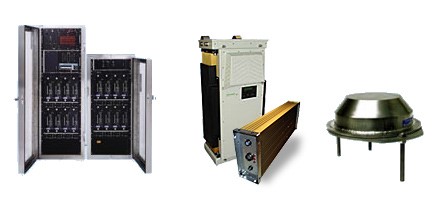
To minimize this threat a vessel can be equipped with a built-in degaussing system to neutralize its signature. Typically, 90-95% of the ship’s signature can be neutralized with a well-designed 3-dimensional DG system, says Polyamp, which has delivered over 40 degaussing systems. It specializes in computer-controlled Advanced Degaussing Systems where each coil is individually controlled by a loop pole amplifier and the coil system is three-dimensional. Its current versions are the company’s third generation of the demagnetization equipment.
Sea-operational priorities have shifted from blue water to brown-shallow water, notes the company. This means that the threat increases as ships arrive much closer to the influence mines. Better demagnetization systems than previously used therefore are now required, it says.
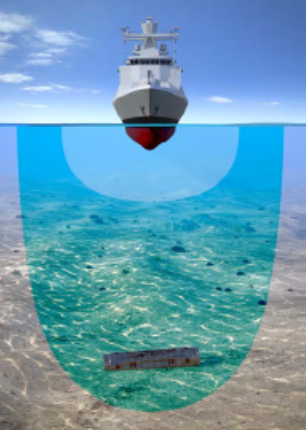
Wartsilla is a leading supplier of ship-borne degaussing systems for all kinds of surface vessels and submarines. Its systems cover the full range of magnetic silencing for all types of naval vessels including for magnetic protection against the hazard of magnetic sea mines, depicted above. It has provided more than 220 systems for various navies.
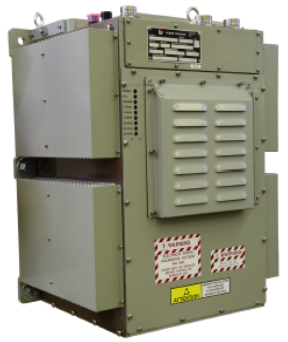
Another provider of degaussing systems is the L3 Power Paragon unit of L3Harris Technologies. Its Advanced Degaussing System, for example, provides controlled current to independent degaussing coils embedded throughout the hull of a ship. The Bipolar Amplifier Units (BPAU’s) provide precise current required to create composite magnetic fields that oppose and neutralize the ship’s magnetic signature as it moves across the waters. These fields are formed by the BPAUs controlling the polarity and intensity of current flow through each degaussing coil. The BPAU’s monitor their functional status and status of the coils they are driving.
For more info, see www.pnicorp.com, www.polyamp.com, www.l3harris.com, and www.wartsila.com.



